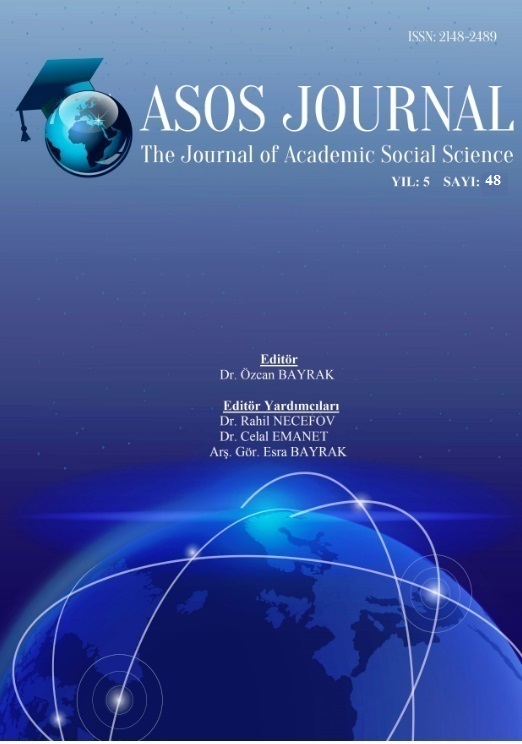Author :
Abstract
Simpleks yöntemi ve grafiksel çözüm, bütün doğrusal programlama problemlerinde (Karışım problemleri, optimum üretim programının saptanması, iş ve ücret değerlendirilmesi, depolama problemleri, malzeme kullanımının optimizasyonu, uzun dönem planlama çalışmaları ve yapısal problemlerin optimizasyonu vb.) uygulanabilir olmasına karşın, bazı tür problemler başka yöntemler kullanılarak daha etkin bir şekilde çözülebilirler. Öte yandan bir durumun diferansiyel denklem sistemleri ile modellenmesi sayesinde, modelde kullanılan parametrelere bağlı olarak modelin kalitatif analizi yardımıyla değişkenlerin hangi zaman aralığında ne gibi değerlere ulaşacağı konusunda optimizasyonu sağlar. Buna göre sistemin nümerik olarak simülasyonu yardımıyla kalitatif analizin sonuçları kontrol edilebilirdir. Bu çalışmada çeşitli kısıtlayıcı koşullar altında bir işletmenin üretim planlaması diferansiyel denklem sistemleri yardımıyla matematiksel olarak modellendi. Bu model kalitatif olarak incelenerek sonuçları nümerik simülasyonlar vasıtasıyla desteklendi. Daha sonra bu modele eşdeğer olarak doğrusal programlama (DP) modeli sunuldu. DP modeli hem grafiksel olarak hem de simpleks metodu yardımıyla çözüldü. Bu iki modelin çözümlerinin karşılaştırmalı olarak yorumlanmasında; işletmenin üretim planına ve elde edilecek kar durumuna müdahale edilmediğinde bulunan matematiksel modelin sonuçlarının DP modelinin optimal sonucuyla ilişkisi yorumlandı.
Keywords
Abstract
Although the Simplex method and graphical solution are applicable to all linear programming problems such as mixing problems, determination of optimum production schedule, job and wage evaluation, storage problems, optimization of material usage, long term planning studies and optimization of structural problems, some types of problems can be solved more effectively using other methods. On the other hand, by depending on the parameters used in the model with the help of qualitative analysis of the model due to modeling with a system of differential equations, the variables have optimized the issue at which time interval and which values will reach. In this respect, the results of qualitative analysis can be checked by numerical simulation of the system. In this study, the production planning of an factory under various restrictive conditions has mathematically modelled by systems of differential equations. This model has examined qualitatively and the results of the analysis have supported by numerical simulations. Subsequently, linear programming model (DP) which is equivalent this model, has presented. The DP model has solved via both graphically and the simplex method. In the comparative interpretation of the solutions of these two models, the related between the results of the mathematical model found and related to the optimal result of the DP model has interpreted, when the factory can not intervene in the production plan and profitability to be achieved.





